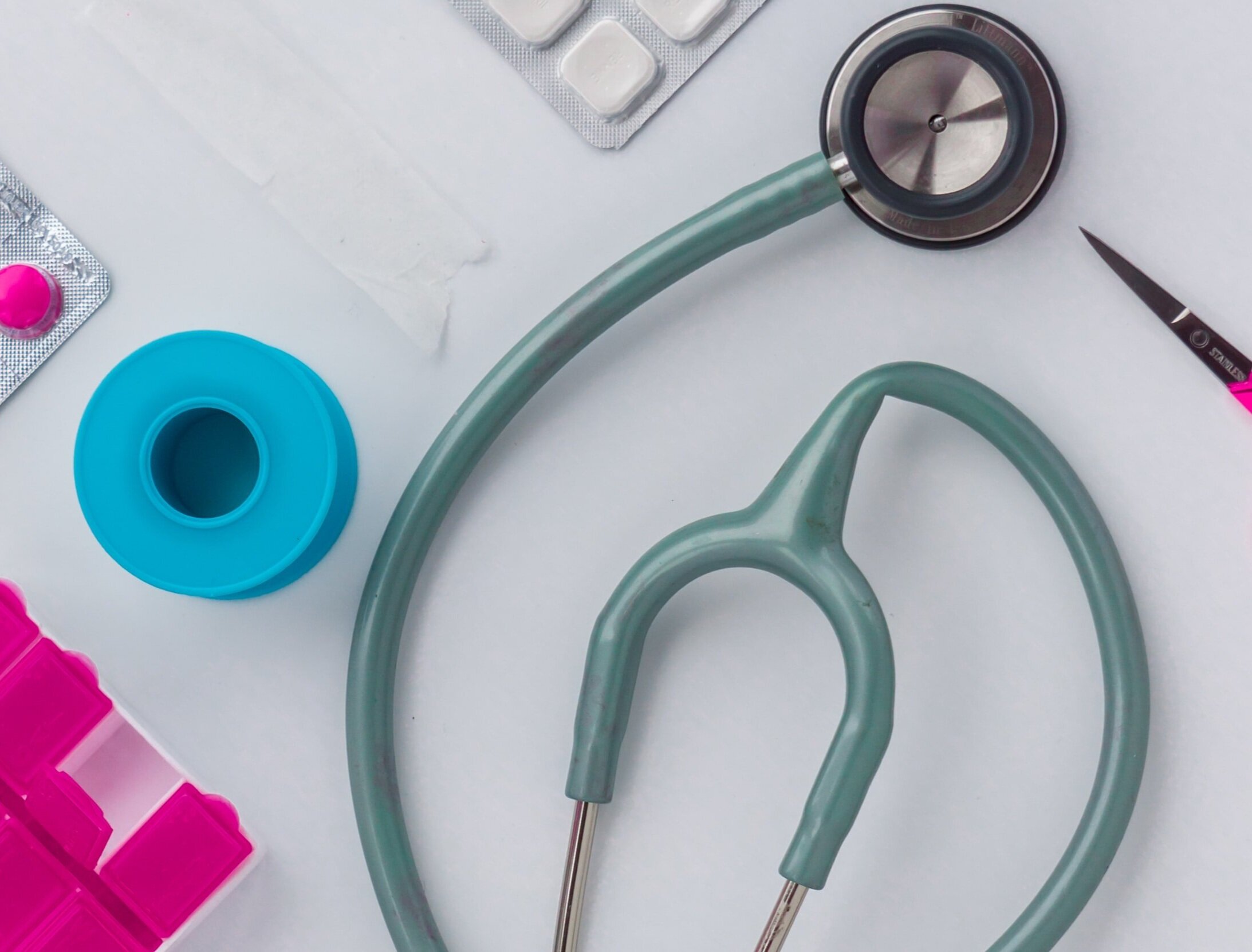Why is gastroscopy performed?
Gastroscopy can be performed to investigate symptoms such as indigestion, nausea, swallowing difficulties, abdominal pain and change in bowel habit.
It may show inflammation, ulcers, polyps or other growths.
Tissue samples (biopsies) can be taken of any unusual findings and polyps can be removed.
Testing can also be performed for conditions, such as coeliac disease or certain food intolerances, in appropriate clinical contexts.





